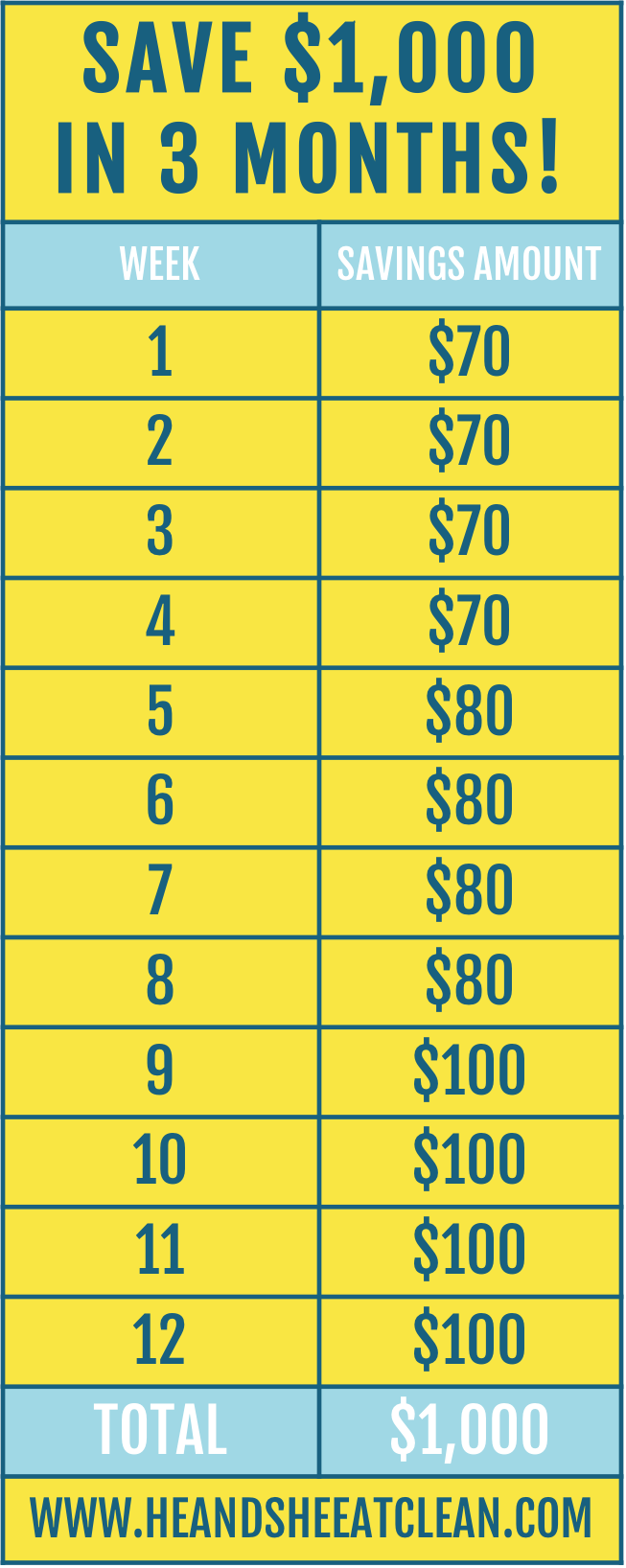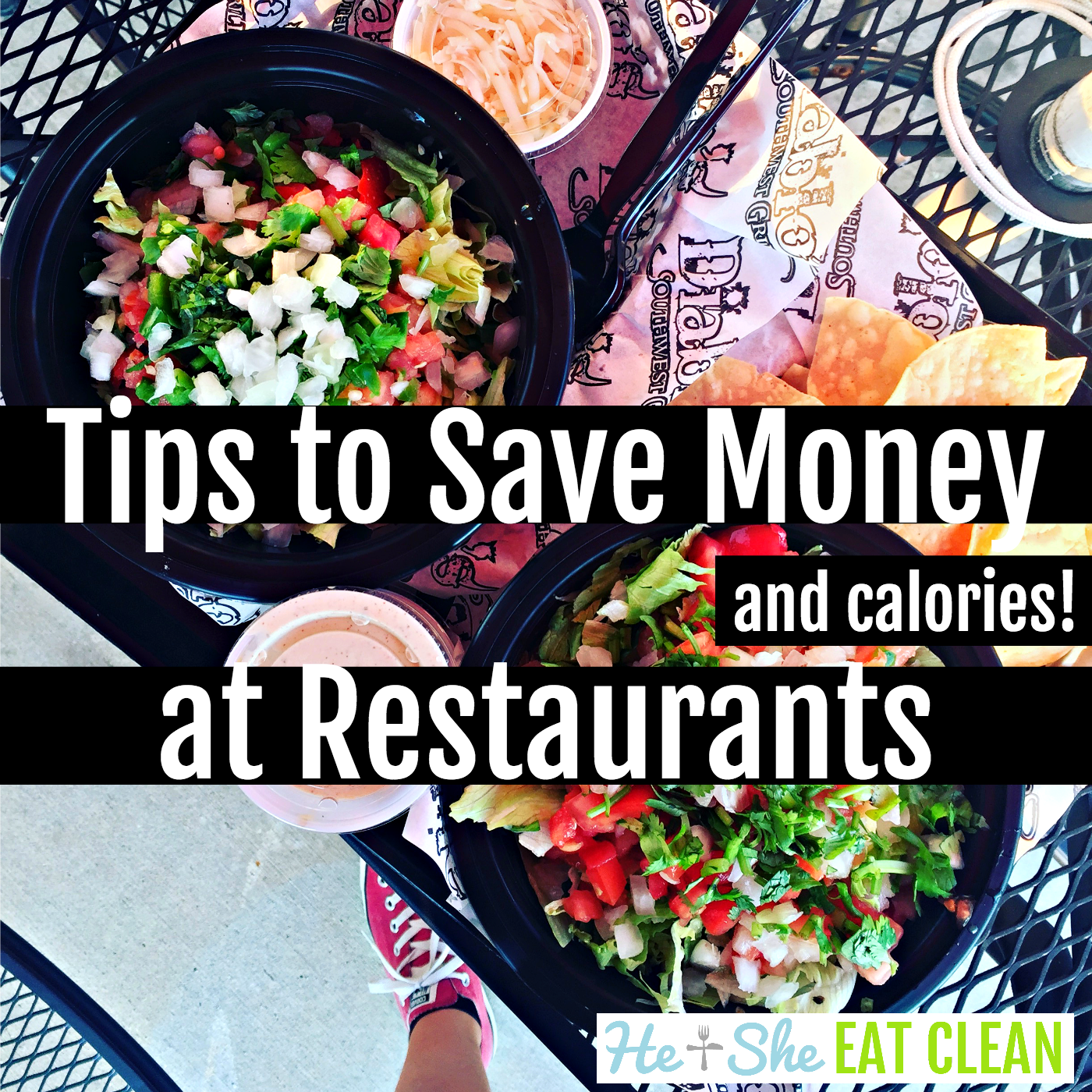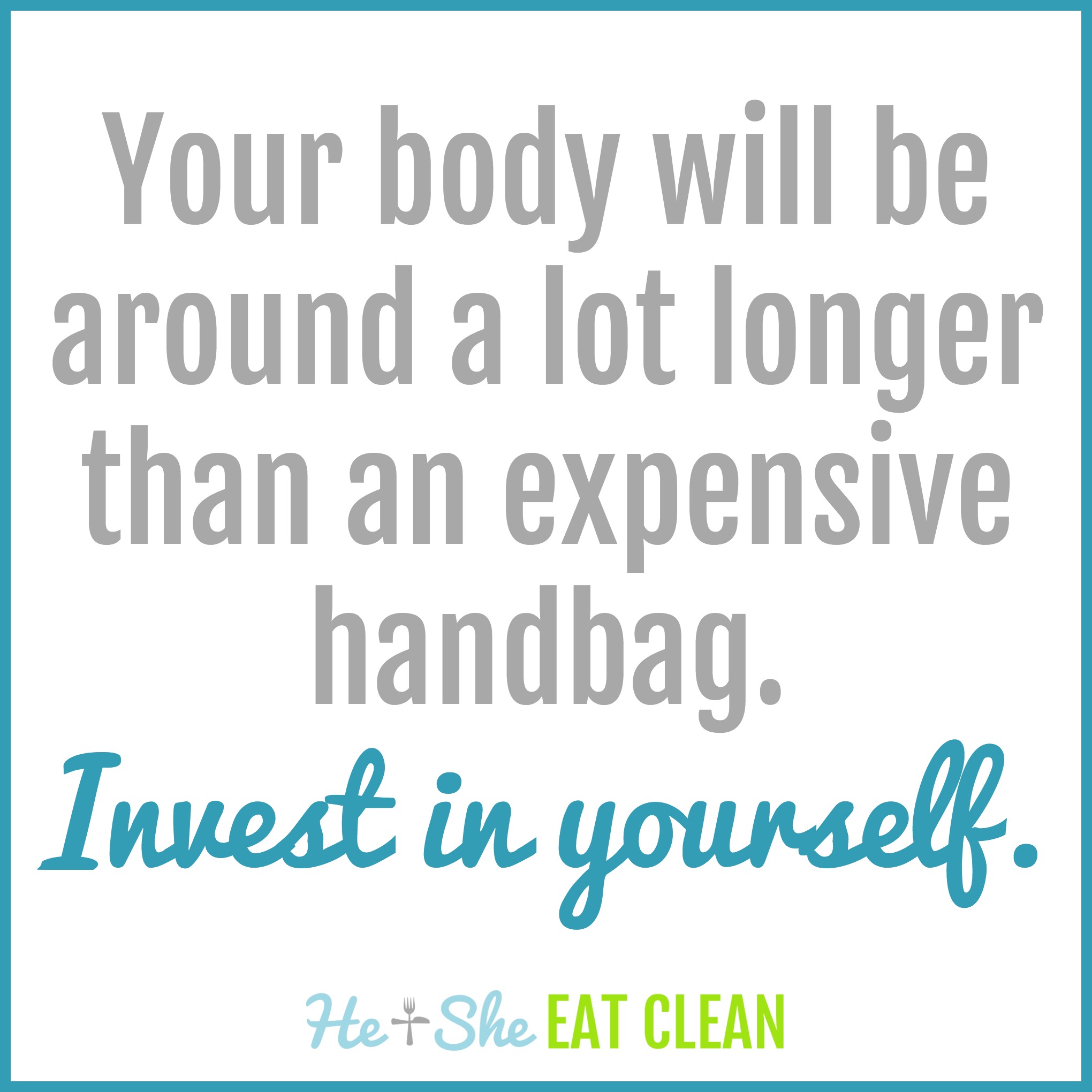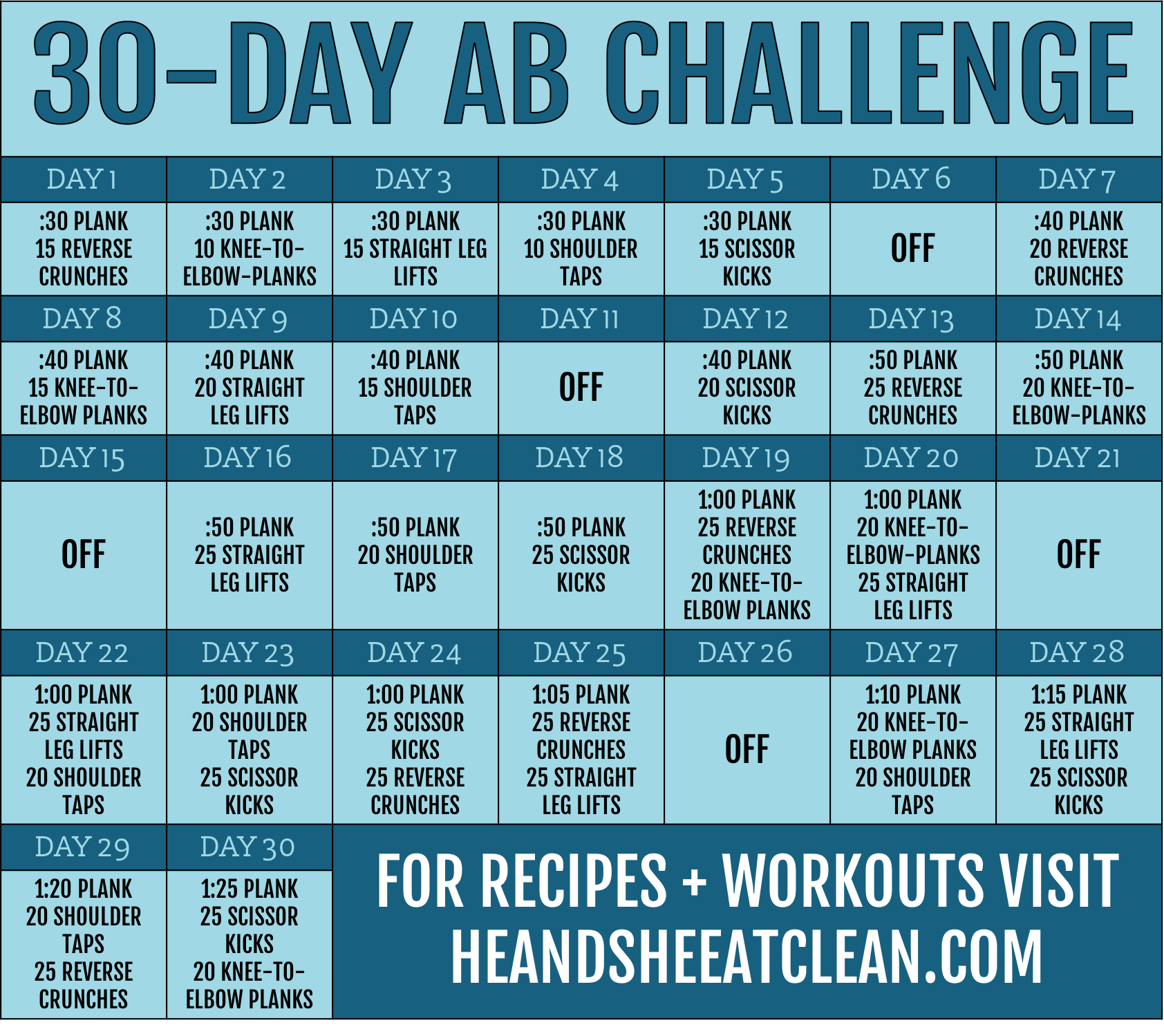Below are the ways that we save money while eating healthy. While I know that some of these options may not be available based on where you live, you can still implement a few, even if it isn't at the same stores. We don't live in a big city, we live about an hour outside of Atlanta. The closest Whole Foods, Trader Joes, and other similar stores are at least 45 minutes away. We have a Publix three miles from our house and Sams's and Costco about 20 minutes away.
Even if you think you know all of these, read them all the way through because I really think you'll find a few pointers you may not have thought about before!
>>>> Ever feel like you need to detox your money? Join our detox your money challenge here!
This post may contain affiliate links. Check our disclosure policy for more details.
5 Ways to Eat Healthy on a Budget
1. Get a membership to a warehouse club.
We started with a Sam's Club membership (this was before we ever started "eating clean") because that was the only thing close by and what my parents had growing up. A few years later we canceled that one and switched to Costco because of the amazing selection of organic produce and other items like liquid egg whites, bison, etc. We actually just got a new membership to Sam's Club again and we have been very impressed with the selection!
I'm going to be sharing more specific information soon on exactly how much money we save with our Costco membership but if you have one near you go check it out! We basically use it as our grocery store every single week (as you will see each week in our weekly updates).
RELATED: Eating Clean at Costco (Shopping List)
2. Utilize online stores.
As I mentioned, we don't have a Whole Foods, Trader Joes, or any other specialty stores that close. For some items, they tend to be more expensive anyway. Ever since we started living a healthy lifestyle we've utilized online stores for bulk items that Costco doesn't carry. Typically, we use Amazon Subscribe & Save for dry goods like oats, oat flour, rice cakes, etc. There are other online stores like Jet and Boxed that you can check out as well.
You can learn more about Amazon Subscribe & Save here.
Below are items that we typically order online:
3. Stock up when items are on sale.
If you have the room, buy extra when something is on sale (AS LONG AS YOU WILL USE IT!). Yes, we hate clutter and consider ourselves "minimalist" but we stock up when something is on sale. We do this because we KNOW we will use it. We don't buy random things because they are on sale but we do buy the things we need when they are on sale. I'm not a coupon cutter, although I could probably save even more that way, but if there's a coupon in front of the item I use it. I also make sure to check the sales ad at my local Publix. Every few weeks they will have a coupon for $10 off a $50 gas gift card with the purchase of $50 in groceries. That's like $10 free because we are always buying gas. Keep your eye out for things like this, even if it isn't specifically related to groceries.
Don't cut coupons and buy things you don't need but definitely use sales and coupons to your advantage on things you need.
4. Adopt a minimalist mindset.
Are you surprised by this one?! ;-) I never really put it together until recently, but I think our minimalist mindset definitely helps in our healthy eating journey. We aren't that picky and we don't mind eating the same thing each day for a few days in a row. Life is so much better when things aren't more complicated than they need to be. This also applies to the way you grocery shop and eat. When you make recipes usually the same type of ingredients and buy the same type of groceries each week it definitely makes it easier to watch for sales and to know in advance how much you will be spending. We typically buy the same items each week from the same stores. Grocery shopping is a breeze!
5. Shop only in season items.
Not only is buying in season items (basically talking about produce here) better for your wallet, it's also better for the environment. Don't try to buy strawberries in the middle of winter. If a recipe calls for a particular fruit or vegetable that isn't in season try googling for alternatives or just wait to make that recipe. If you don't eat your fruits or vegetables fast enough, buy them frozen! Our Costco has a huge selection of organic frozen fruits and vegetables! While we would love to buy all organic, we usually don't. We do stick with buying organic on the dirty dozen. Produce with a thick covering (like bananas) are typically okay to buy non-organic if they budget doesn't allow organic.
RELATED: Dirty Dozen & Clean Fifteen
I hope these tips help you! Take some time to look at your budget and really dive into what is important to you in the long term. Of course, it's easier to spend money shopping for clothes and shoes because you see those items all the time but your body is much more important! Just because you won't have anything to "show off" for it, doesn't mean that it doesn't matter. I would argue that it makes it even more important that way! The way you invest in your health will show.
















![#ProgressIsPerfection [3 Simple Ideas to Reach Your Goals]](https://images.squarespace-cdn.com/content/v1/555c964fe4b07d15252a8927/1520969172984-7HDOHI6ZRM0PCZCZ7O67/progress-is-perfection-silk-he-and-she-eat-clean2.jpg)




